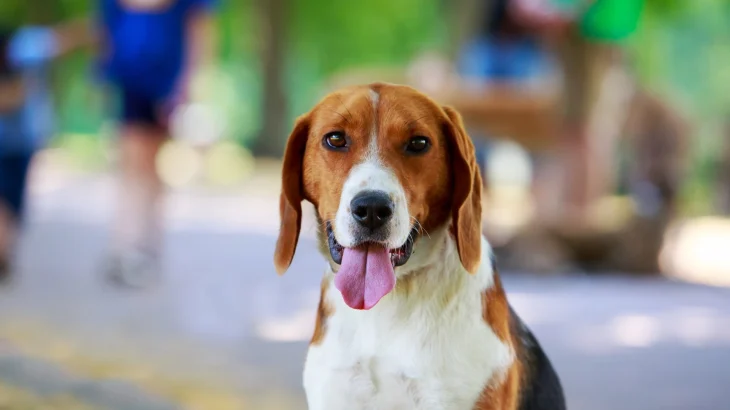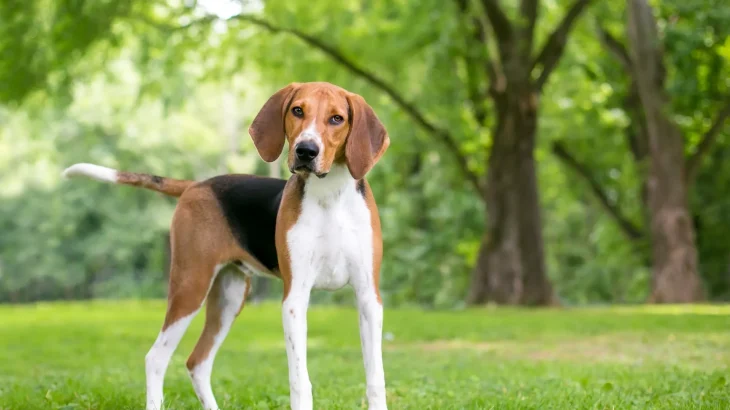When deciding between adopting or purchasing a Foxhound puppy, it mostly comes down to your priorities regarding health transparency and supporting specific practices. Buying from a breeder often means access to detailed health history and pedigree information, while adopting offers the chance to give a home to a dog in need and can be more cost-effective.
Adoption vs. Breeder: Pros & Cons
| Criteria | Buying from Breeder | Adopting from Shelter/Rescue |
|---|---|---|
| Cost | Typically higher, reflecting purebred lineage and breeder expenses. | Generally lower fees, helping save a dog and often including basic care. |
| Health History | Comprehensive health records and genetic screening usually provided. | Health history may be incomplete; shelters offer basic health checks. |
| Age Availability | Mostly puppies, allowing for early bonding and training. | Variety of ages, including adults, which might match your lifestyle better. |
| Temperament Insight | Breeders can usually share lineage-related temperament traits. | Shelters/rescues offer behavior assessments based on observation. |
| Supporting Practices | Supports breeding programs aiming to preserve the breed. | Supports animal welfare by rescuing dogs needing homes. |
| Breed Purity & Pedigree | Clear documentation backing breed standards and lineage. | May involve mixed or unknown breeding background; less certainty. |



















































